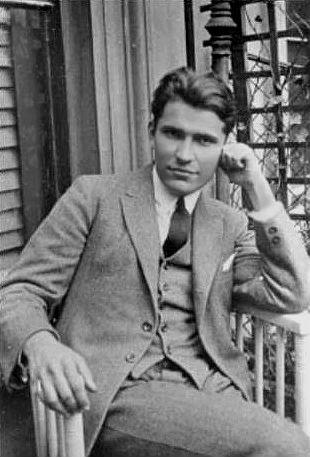Erwin Chargaff (Erwin Chargaff)

Erwin Chargaff proposed two main rules in his lifetime which were appropriately named Chargaff’s rules. The first and best known achievement was to show that in natural DNA the number of guanine units equals the number of cytosine units and the number of adenine units equals the number of thymine units. In human DNA, for example, the four bases are present in these percentages: A=30.9% and T=29.4%; G=19.9% and C=19.8%. This strongly hinted towards the base pair makeup of the DNA, although Chargaff did not explicitly state this connection himself. For this research, Chargaff is credited with disproving the tetranucleotide hypothesis (Phoebus Levene’s widely accepted hypothesis that DNA was composed of a large number of repeats of GACT). Most researchers had previously assumed that deviations from equimolar base ratios (G = A = C = T) were due to experimental error, but Chargaff documented that the variation was real, with [C + G] typically being slightly less abundant. He was able to do this with the newly developed paper chromatography and ultraviolet spectrophotometer. Chargaff met Francis Crick and James D. Watson at Cambridge in 1952, and, despite not getting along with them personally, he explained his findings to them. Erwin Chargaff’s research would later help the Watson and Crick laboratory team to deduce the double helical structure of DNA. The second of Chargaff’s rules is that the composition of DNA varies from one species to another, in particular in the relative amounts of A, G, T, and C bases. Such evidence of molecular diversity, which had been presumed absent from DNA, made DNA a more credible candidate for the genetic material than protein.
Beginning in the 1950s, Erwin Chargaff became increasingly outspoken about the failure of the field of molecular biology, claiming that molecular biology was “running riot and doing things that can never be justified”. He believed that human knowledge will always be limited in relation to the complexity of the natural world, and that it is simply dangerous when humans believe that the world is a machine, even assuming that humans can have full knowledge of its workings. He also believed that in a world that functions as a complex system of interdependency and interconnectedness, genetic engineering of life will inevitably have unforeseen consequences. Chargaff warned that “the technology of genetic engineering poses a greater threat to the world than the advent of nuclear technology. An irreversible attack on the biosphere is something so unheard of, so unthinkable to previous generations, that I only wish that mine had not been guilty of it”. After Francis Crick, James Watson and Maurice Wilkins received the 1962 Nobel Prize for their work on discovering the double helix of DNA, Erwin Chargaff withdrew from his lab and wrote to scientists all over the world about his exclusion. He died on 20 June 2002 in Manhattan.
Born
- August, 11, 1905
- Czernowitz, Duchy of Bukovina, Austria-Hungary
Died
- June, 20, 2002
- USA
- New York, New York
Cemetery
- Mount Carmel Cemetery
- Glendale, New York
- USA

